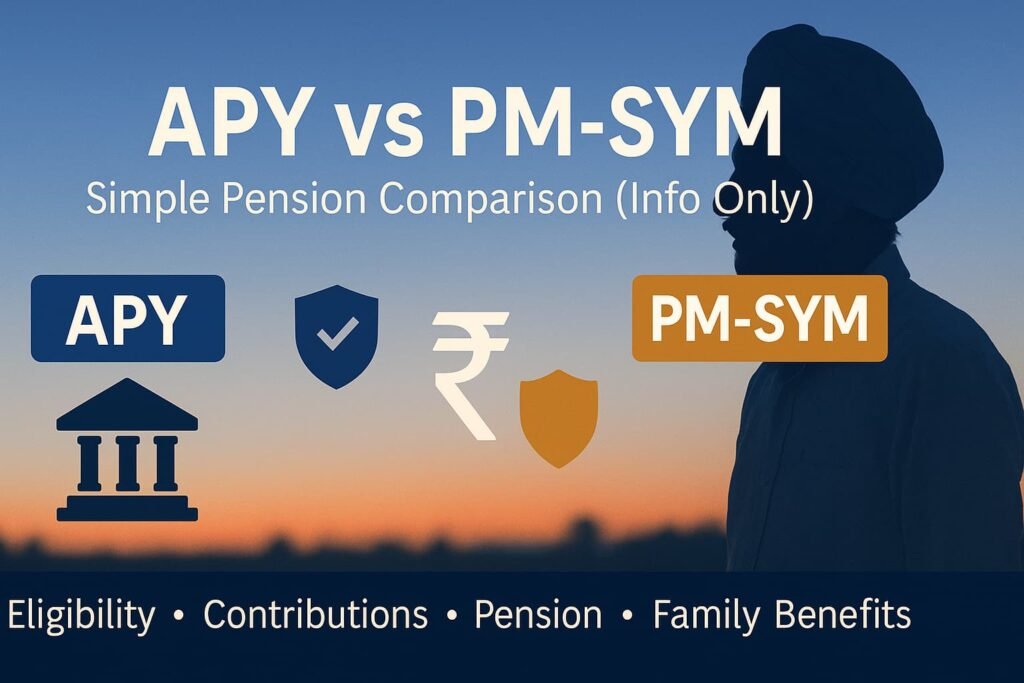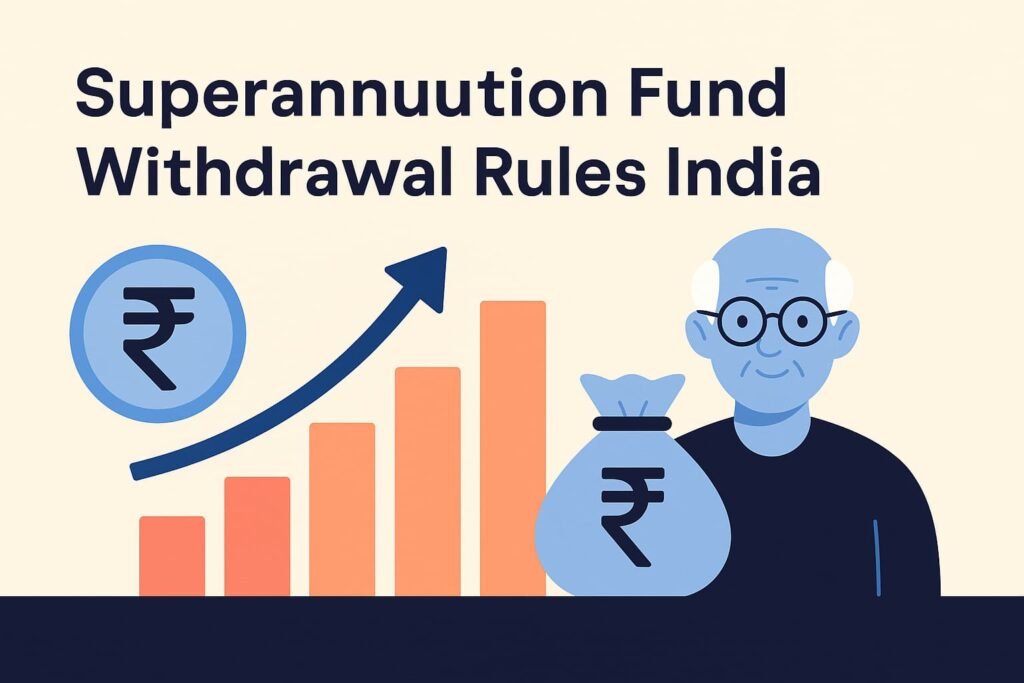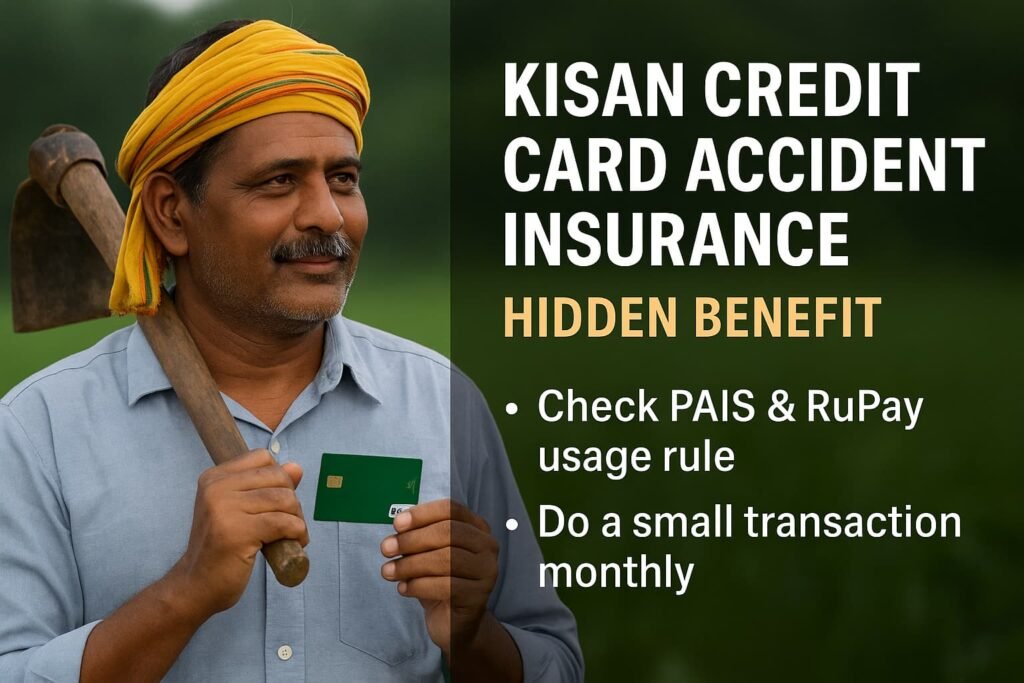Schemes Guides for India
Clear, India-focused explainers on government schemes—eligibility, benefits, contributions, withdrawals, and simple application steps.
Start with practical comparisons like Atal Pension Yojana vs PM-SYM, understand superannuation withdrawal rules, and explore benefits linked to the Kisan Credit Card (RuPay accident insurance). We’ll keep adding useful, people-first guides as new programs and updates roll out.
Scheme Highlights — Practical & People-First
Compare pensions, learn withdrawal rules, and uncover hidden benefits—explained in plain language for Indian readers.
 Pension
Pension
APY vs PM-SYM: Which Fits You?
Contributions, payouts, age limits, and who benefits more—quick pointers to choose the right pension path.
 Retirement
Retirement
Superannuation: Withdrawal Rules
When you can withdraw, common tax treatment, and simple steps to keep paperwork clean.
 KCC Benefit
KCC Benefit
KCC: RuPay Accident Insurance
Know the coverage, claim basics, and eligibility—an often-missed benefit tied to KCC cards.
Government Schemes — Quick Primer
A compact, plain-English overview. Learn what key schemes do, who can apply, and the documents/steps you’ll typically need—right on this page.
i What are Government Schemes?
Government schemes support citizens with pensions, social security, and credit access. On Seva Funds, we explain them with simple examples—so you can quickly check eligibility and next steps.
- Pension & social security: small monthly contributions today for income in later years.
- Employment/retirement funds: rules around contributions and withdrawals (e.g., superannuation).
- Credit-linked benefits: cards/loans that come with added protections (e.g., Kisan Credit Card perks).
₹ Pensions: APY vs PM-SYM (At a Glance)
Both aim to build a regular pension after 60 through small contributions. Broad pointers to compare:
- Target group: Unorganised/informal sector workers; check age and income criteria.
- Contributions: Auto-debit from bank; amount depends on entry age and desired pension band.
- Payouts: Monthly pension post-60; spouse/nominee provisions vary by scheme rules.
- Action: Visit your bank/post office with ID, bank passbook, and photographs for enrolment.
✓ Superannuation: Withdrawal Basics
Superannuation is an employer-linked retirement benefit. Withdrawal rules depend on the plan trust and employment status.
- Common events: retirement, resignation, disability, or nominee claim.
- Process: request statement from HR/trust, submit KYC & claim forms, keep acknowledgements.
- Tip: Clarify tax treatment and timelines with your plan administrator before initiating.
+ Kisan Credit Card: RuPay Accident Cover
Many KCCs are issued with a RuPay card that often includes an accident insurance benefit. Coverage amount and claim windows depend on the issuing bank’s policy and insurer.
- Check: bank’s KCC booklet or website for current coverage terms.
- Keep: card copy, account details, and FIR/medical records (if applicable) for claims.
- Notify: bank/insurer within the stipulated time in the policy wording.
🗂 Eligibility & Documents (Typical)
- Identity & age proof: Aadhaar, voter ID, or equivalent.
- PAN (if required), recent photographs.
- Banking: passbook/cheque for account + IFSC; mobile number linked.
- Occupation/income proof if the scheme targets a specific group.
- Nominee details for pension/insurance-linked benefits.
Note: Exact lists vary by scheme and issuing institution.
→ How to Apply (Simple Path)
- Confirm you meet the age/income/occupation criteria.
- Collect KYC and bank documents; fill the latest form (bank/post office).
- Complete e-KYC/biometrics if asked; set up auto-debit where required.
- Save receipts and the acknowledgement; note customer care contacts.
! Updates & Caution
Scheme rules and amounts can change. Always verify current forms, contributions, and timelines with your bank/post office or official portal. Our pages are educational; for individual decisions, consult a qualified professional.
Schemes Guides — Page & Navigation FAQs
This page gathers our explainers on Indian government schemes. Use these FAQs to understand what we cover and how to make the most of this menu.
› What topics are covered here?
Plain-language guides on pensions and social-security style programmes, retirement benefits, and credit-linked protections. Current highlights include APY vs PM-SYM, superannuation withdrawal basics, and Kisan Credit Card (RuPay accident cover). More schemes will be added over time.
› Who is this page for? Is it India-specific?
Yes—these guides are written for Indian readers, especially workers in the unorganised sector, salaried employees with retirement benefits, and farmers using KCC. Examples and wording use India-specific rules and terms.
› How do I quickly check my eligibility?
Each article lists typical age, income, and occupation criteria. As a rule of thumb, confirm: (1) age band, (2) income/occupation fit, (3) banking/KYC readiness, and (4) nominee details for pension/insurance-linked schemes.
› What documents are usually required?
- Aadhaar and photo ID; age proof if needed.
- PAN (where applicable) and recent photographs.
- Bank passbook/cheque for account and IFSC; mobile number linked.
- Occupation/income proof for targeted schemes; nominee information.
Exact lists vary by bank/post office and scheme circulars—check the latest instructions when applying.
› Where do I apply and what are the basic steps?
Most enrolments happen at banks or post offices; some are enabled via official portals. Typical steps: verify eligibility → collect KYC and bank documents → fill the latest form → complete e-KYC/biometrics if asked → enable auto-debit (for pensions) → save acknowledgements and helpline details.
› How is this page different from Money/Tax/Credit Guides?
Schemes Guides explain government benefits, eligibility, and claims. Money Guides cover savings, returns, budgets, and everyday comparisons. Tax Guides focus on income tax and GST maths. Credit Guides handle CIBIL, cards, and loans.
› Are banks or products endorsed here?
No. We stay brand-neutral. We summarise rules and typical processes so you can apply via your preferred bank/post office with clear expectations.
› How often are these pages updated?
We refresh when scheme rules, contributions, or claim timelines change. Articles note important assumption changes and, where relevant, include a “Last updated” line.
› Can I request a new scheme or report a correction?
Yes. Email sevafundsofficial@gmail.com with the page URL and details. We prioritise clarity and fix verified issues promptly.